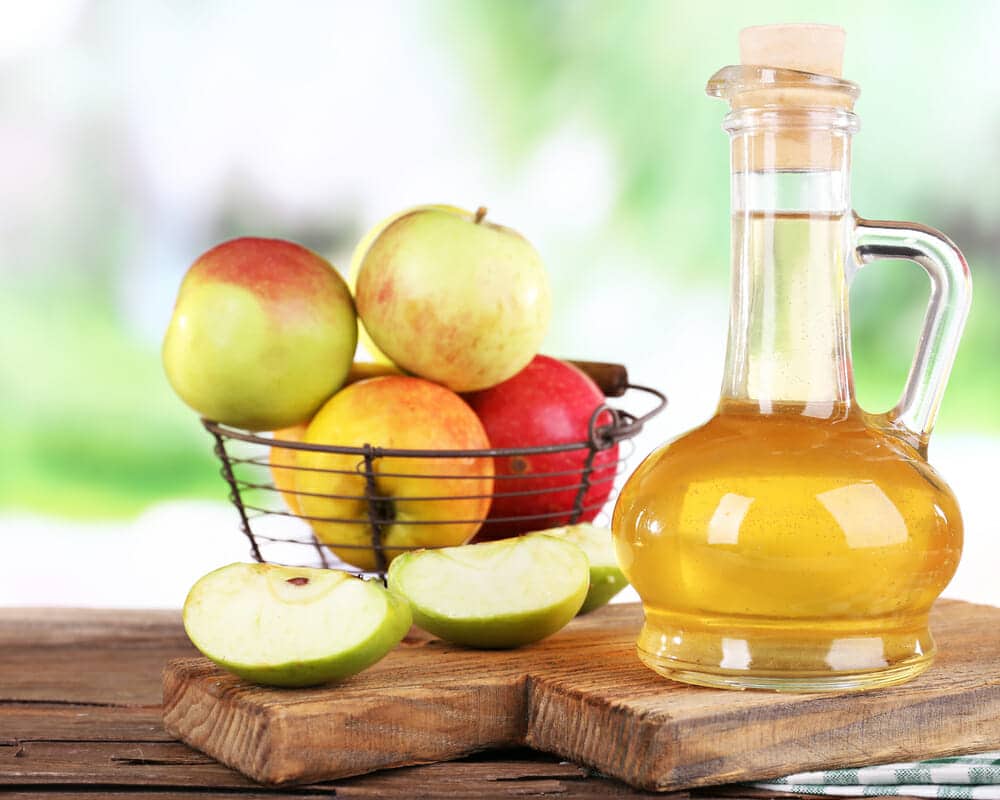We need our estrogen. Both men and women produce it, but its role in women”s body is more obvious: it has crucial function in female reproductive system. The main job of estrogen, a group of several hormones, is to prepare the uterus to receive the egg by thickening the lining of the uterus wall. Estrogen affects our use of calcium, it helps our bodies to keep cholesterol in balance and maintains healthy and lubricated vagina. When our bodies stop producing enough estrogen, we need to replace it. We now have a number of pills that are part of Hormone Replacement Therapy (HRT), but it is becoming increasingly obvious that natural estrogen enhancement sources not only shows better results, but avoids some dangerous side effects of HRT.
Estrogen controversy
Before 2002, Hormone Replacement Therapy, consisting of estrogen and progesterone, was routinely prescribed to women experiencing symptoms of menopause. Estrogen replacement was recommended to help with unpleasant symptoms of menopause, such as hot flashes, or increased danger of osteoporosis. But, in 2002, the results of a very large study became public: the danger of endometrial cancer in women taking estrogen replacement therapy by far outweighed the benefits. This study, conducted as part of the Women”s Health Initiative, convinced thousands of women to stop taking estrogen replacement.
At this moment, the recommendation of the medical community is to use estrogen replacement as short as possible and in very small doses.
Natural vs. synthetic estrogen
Synthetic estrogen is similar to the one produced by our body, and it does the same job, but it is not identical. Some synthetic estrogens, such as the one made of equine estrogen and sold under the name Premarin and Cenestin, are significantly stronger than the estrogen produced naturally. We do not know how it affects our system, but it is likely that it forces our liver to work harder.
Estrogen from natural, particularly plant based sources, has the same chemical structure as the one produced by our body. That means that our body uses it more effectively. We metabolize it better and the excess can be easily eliminated by our liver and kidneys. That means that the excess does not accumulate in our body, causing unexpected and unwanted consequences.
Other uses of natural estrogen enhancement
Humans invented estrogen replacement therapy very long time ago, in Asia. Plants rich in estrogen were used to enhance libido in women, as well as to improve on the nature, by increasing the breast size in girls. It seems that large breasts were always in fashion. This very old knowledge of plants rich in estrogen is now coming to the forefront for the same reason: to replace controversial (and expensive) breast implants, and to improve sex drive in women, particularly women in menopausal age.
Natural sources of estrogen
Ginkgo biloba has been extensively researched as a potential replacement of Hormone Replacement Therapy. A number of studies found that the extract of gingko leaves contains 24 percents of phytoestrogens and that it shows ” “estrogenic activities through the estrogen response pathway” .
All dairy products are rich in estrogen, prolactin and progesterone. These hormones, active in boosting lactation in mammals, may stimulate breast growth, enhance libido in women and alleviate hot flashes.
Licorice has been found by the U.S. National Institutes of Health to increase production of estrogen and prolactin. Licorice has been used traditionally by many native peoples to treat symptoms of menopause, as well as improve milk production in new mothers.
Whether you are using estrogen enhancer for your menopause symptoms, or want to revive your sex life, chose your supplement carefully and consult your doctor. Both synthetic and natural estrogen can have serious side effects in women with certain health conditions. Your doctor will be in the best position to tell you what can be good for you and what you should stay away from.






Reply